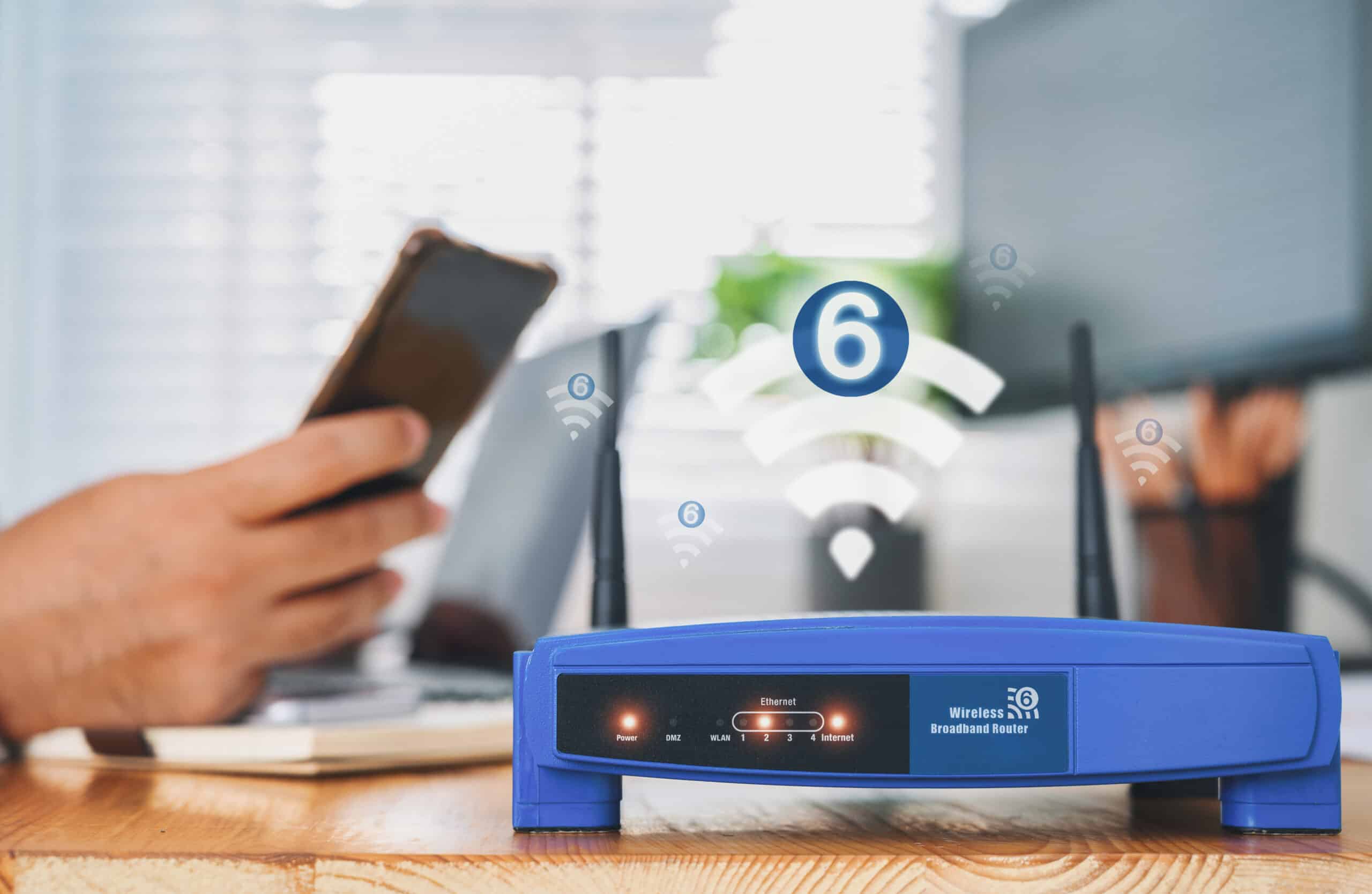A reliable WiFi signal is essential for productivity and seamless connectivity in the modern world. A key component in getting this to happen is the smart location of the Wireless Access Point (WAP). The place of your WAP determines the quality and stability of the WiFi signal, making it crucial to position it properly. We’ll examine WAP devices, and then learn how to choose the most suitable access point for your home to ensure the best wireless connectivity.
Wap Wireless Access Points are essential network devices that enable wireless-enabled devices to join wired networks using WiFi as well as other standards. It is an essential device to increase the range of your network and eliminating the necessity to utilize bulky cables. WAPs WAP receives data from a router on an Ethernet cable, then converts it into an wireless signal. This signal can be picked up by WAP devices, which provide them with connectivity to the network. For more information, click WAP Wireless Access Point
The Effects of WAP Placement
A WAP should be strategically situated to ensure a stable and reliable WiFi network across the area. The location of the WAP impacts the range, performance and signal strength of the WiFi network. Setting the wireless access points in the optimal location will assist in reducing interference and enhancing coverage while increasing connectivity for users.

Factors that impact the strength of WAP signals
There are a variety of factors that influence the signal the WAP device sends. These include:
Signal strength is the potency of signals that are transmitted through WAP.
Range: Distance at which WAP can send a strong reliable signal.
Interference: Obstacles, or electronic devices that could interfere with the WiFi signal.
Find the ideal home access point
A reliable WAP is necessary for a high-performance WiFi at workplace or at home. When choosing the right WiFi access point for your home, there are a variety of factors to take into consideration.
Signal Strength and Range: Look for a WAP that offers a strong signal and an wide coverage area. This will ensure that the WiFi signal is available anywhere you’d like with no dead spots.
Interference Management: Choose a WAP that features technologies to reduce interference. Dual-band or triple-band capabilities could be used to find WiFi channels that are crowded.
Easy Setup and Configuration Pick a wireless access point that is simple to set-up and set up. Simple installation processes and simple interfaces can save you time and effort.
Security Features: Give top priority to WAPs with high security options, such as encryption protocols as well as security options. This safeguards your network’s information and assists in securing it.
Scalability: Be sure the WAP can handle the number of devices you plan to connect. A WAP that is scalable grows in line with your network’s demands, making it a future-proof investment.
Optimizing WAP placement to get the best performance
Central Location: Set the WAP in a central area to ensure an even distribution of the WiFi signal across the area. This helps reduce dead zones and ensures an uninterrupted connection throughout your area.
An elevation: Position the WAP at a higher position for example, on the ceiling or wall. This can help broadcast the signal with greater efficiency as well as increase coverage and eliminate obstructions.
Avoiding Interference: Keep the WiFi away from items or substances that could create interference, like wireless phones, microwaves or structures made of metal. This will ensure a clean and strong WiFi signal.
Professional Assessment: Consult with IT professionals for a thorough analysis of your space. They can identify optimal WAP sites based on specific requirements.
The article’s conclusion is:
In the fast-changing technology industry, an efficient WiFi connection is crucial. Wireless Access Points are essential for this, since they can extend your network and provide a stable WiFi connection. To get the best WiFi performance, it’s vital to place your WAP in the most advantageous location, and then choose the best wireless access point for your network.
It is worthwhile to invest time and effort into evaluating the available space in order to understand the elements that influence WAP signal strength and considering the most important aspects of WAPs. When you master the art of placing WAPs You can make the most of your WiFi network and enjoy a seamless, uninterrupted connectivity experience.